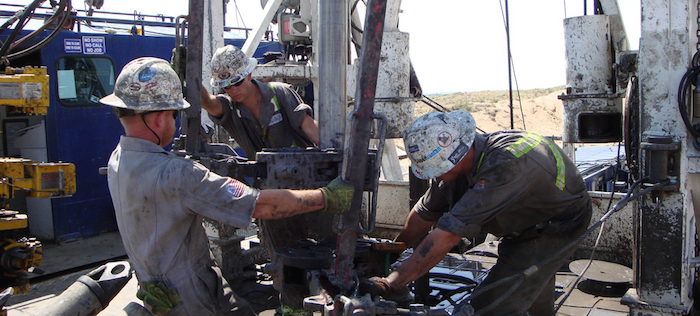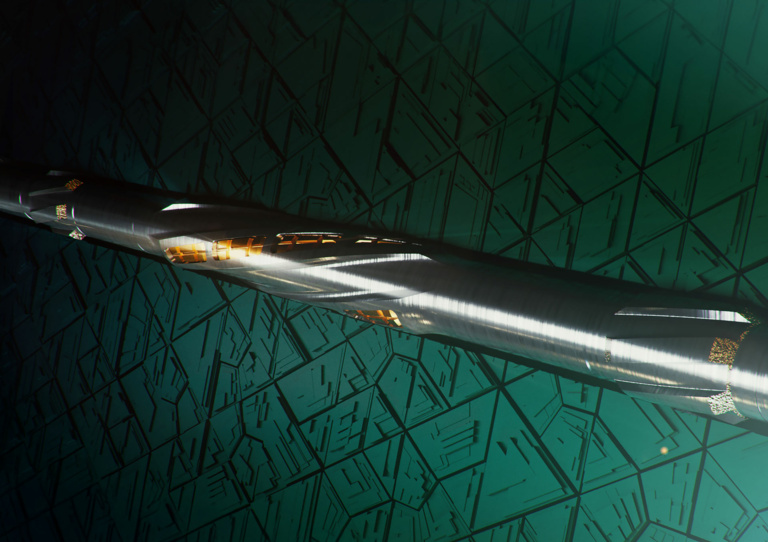What is drill pipe buckling and how to prevent it from happening
Drill pipe buckling is a nasty thing. When a tubular (casing or drill string) buckles, it can become useless – or worse, it may cause other problems, like parting the string with time consuming fishing operations and costly repairs.
So, what is drill pipe buckling?
Drill pipe buckling is caused by applying too much force or weight on top of the drill string. Imagine screwing the cap back on your Snapple bottle, while leaving the straw in it. The straw will bend and probably fracture. That is exactly what happens when a tubular is buckled. Here is an animation of what it might look like:
How does it happen?
Buckling can happen in many different situations, but let me give you a realistic scenario:
Let’s say we’re spudding in a new well. From the rig down to the seafloor there is nothing but water and fish. That means we have no protection or support for our drill string when we start drilling.
Maybe we’re on a tight time schedule and the driller is under a lot of stress. Maybe he’s not observant enough or perhaps he didn’t make his calculations well enough.
Let him apply a little too much WOB (weight on the bit) or TOB (torque on the bit), and the steel might be bowed and permanently damaged and can eventually break. All pipes are elastic to a certain degree, but at some point the damage occurs.
Consequences of tubular buckling
A common consequence is that the drill string breaks and you’ve got a fish in the hole. Losing your BHA (bottom hole assembly) is literally throwing tens of thousands of dollars down the drain, as you lose expensive high-tech logging equipment and directional drilling tools.
Fishing is also a time consuming process, and sometimes you can’t get the fish up. Then you’ve got to decide whether to abandon the well, finish it early (if you can use the shallower part of the wellbore to reach your objectives) or pour cement on top of the fish and drill a side-track around it.
There is little chance of buckling causing a blowout. In such cases you would probably have to buckle a casing pipe without knowing it, causing a leak in the collars. Serious buckling does not happen often. However, it is an expensive mistake to make.
How to prevent drill pipe buckling
Don’t push the limits when you are pressed on time. A professional driller will work as fast as he or she can, within the boundaries of what is safe. Getting to TD on the first run a little late is better than risking a tricky and tiresome fishing trip that will halt the operation even longer. So keep a close eye on your downhole weight on bit and torque measurement – don’t be too rough on your drill string, and “bad luck” is less likely to happen.
[Photo: National Institute for Occupational Safety and Health (NIOSH) – Flickr: Drilling Roughnecks]
Topics: Drilling

By: Frode Bjørheim
Frode Bjørheim is a specialist in drill pipe standards and lifting equipments with more than 30 years’ experience in the oil & gas industry, both offshore and onshore.



